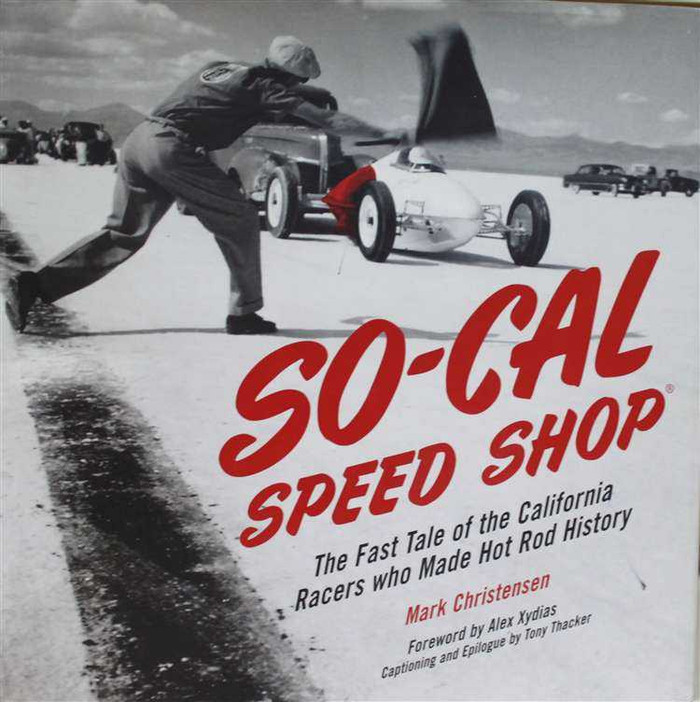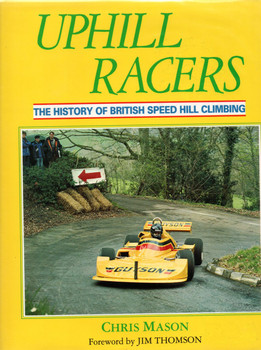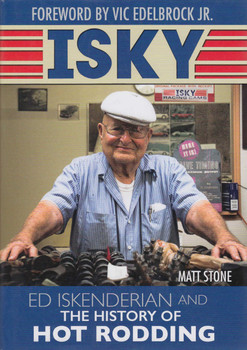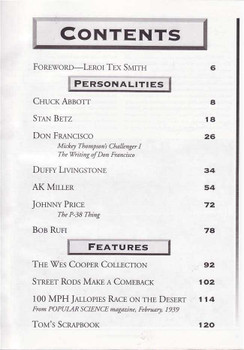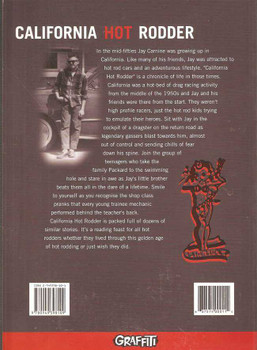Description
By: Mark Christensen .
Until 1946, hot rodding was generally considered a preoccupation of gearheads and juvenile delinquents. That all changed when car-crazy vets returned from the war with sophisticated mechanical training, courtesy of Uncle Sam. This is the story of how one such ex-airman helped transform hot rodding from a scruffy underground curiosity into a defining part of American culture.
Having never driven a car more than 70 miles per hour, mild-mannered Alex Xydias established So-Cal Speed Shop on the very day he was discharged from the service. Working from modest facilities, he and his cohorts would not only play a key role in establishing an entire aftermarket industry, they would also confound duck-tailed hot rod stereotypes and set the single-engine American land-speed record. In addition to showing how Xydias' childhood and military service foretold the success of So-Cal—and how So-Cal Speed Shop would establish many of the spare aesthetics that persist among hot rodders today—author Mark Christensen weaves a tale of American ingenuity whose cast of characters is a veritable who's who of early hot rodding: Dean Batchelor, Ray Brown, Vic Edelbrock, Dick Flint, Stu Hilborn, Ed Iskendarian, Barney Navarro,Wally Parks, and Ed Winfield, among others.
Financed not by giant corporations but by whatever Xydias and his buddies could spare from their paychecks, So-Cal Speed Shop produced the first hot rods to run 170, 180, and 190 miles per hour. The iconic So-Cal belly tank fashioned from war surplus P-38 auxiliary fuel tanks upped the class record several times in 1948 and appeared on the cover of the fledgling Hot Rod magazine in January 1949. The performance of the So-Cal Streamliner led Mechanix Illustrated to designate So-Cal America's number-one race team in 1952. The legendary Double-Threat Coupe became a formidable competitor at Bonneville and a record-setter at Pomona.
Illustrated with period photos from top archives, never-before-published images from Xydias' personal collection, and color images showing the new breed of land-speed cars produced by the resurrected SO-CAL Speed Shop, Christensen's compelling narrative shows that hot rodding is pure American passion—taking chances, individual abilities, and the freedom and will to break from the pack.
